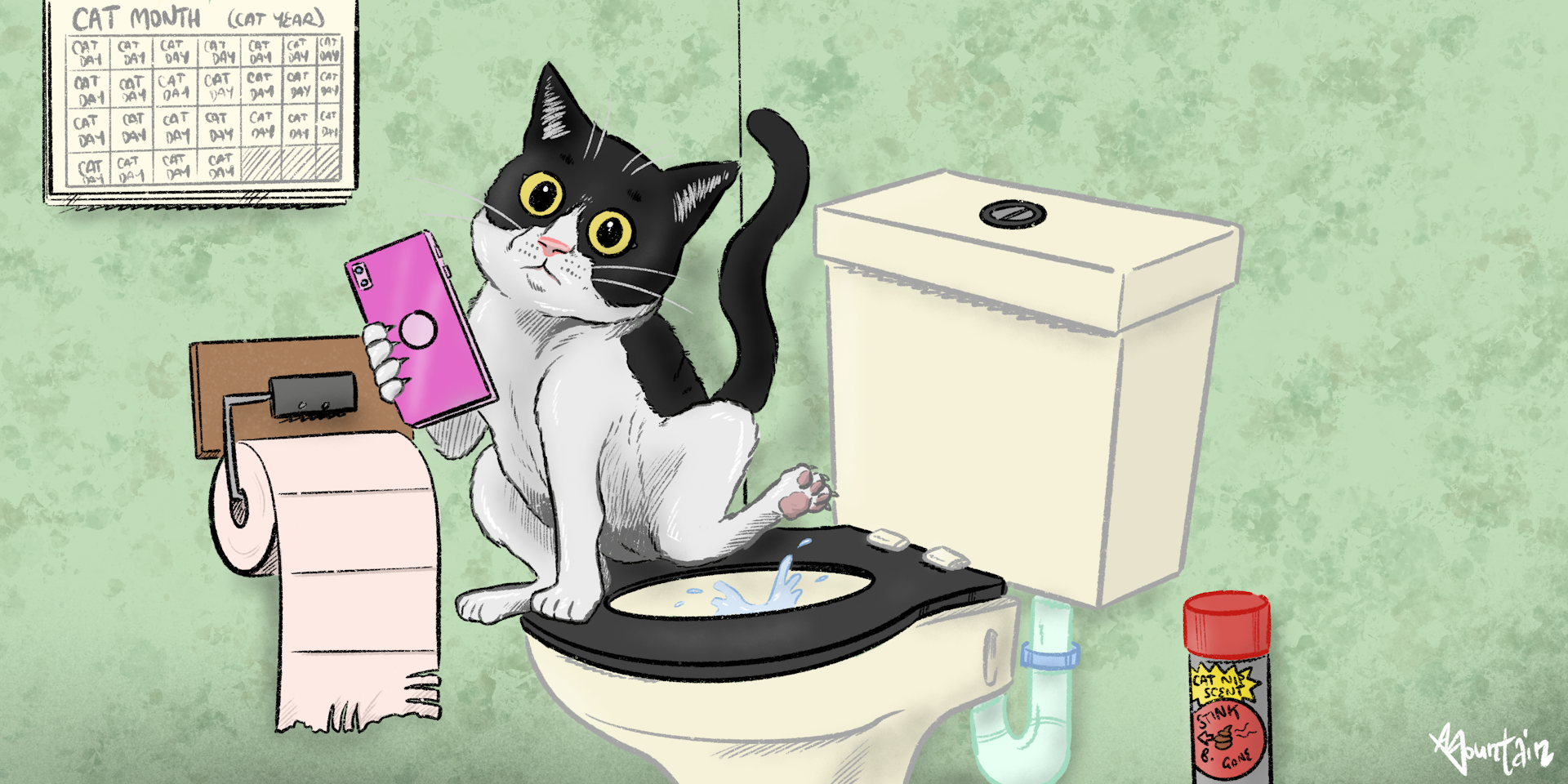The Risks of Flushing Cat Poop in Your Toilet - Preventive Steps
The Risks of Flushing Cat Poop in Your Toilet - Preventive Steps
Blog Article
This article down below on the subject of Don’t flush cat feces down the toilet is exceedingly remarkable. Give it a go and draw your own personal conclusions.

Introduction
As cat proprietors, it's important to be mindful of exactly how we dispose of our feline close friends' waste. While it might seem practical to flush feline poop down the commode, this method can have damaging consequences for both the setting and human health.
Ecological Impact
Flushing feline poop presents unsafe microorganisms and parasites into the water system, presenting a substantial danger to marine communities. These contaminants can adversely influence marine life and compromise water quality.
Wellness Risks
In addition to environmental concerns, purging pet cat waste can additionally present health and wellness dangers to people. Feline feces may have Toxoplasma gondii, a parasite that can create toxoplasmosis-- a possibly serious health problem, particularly for pregnant women and individuals with damaged immune systems.
Alternatives to Flushing
Fortunately, there are safer and extra liable ways to deal with feline poop. Take into consideration the complying with choices:
1. Scoop and Dispose in Trash
The most common technique of getting rid of cat poop is to scoop it right into a naturally degradable bag and toss it in the garbage. Make sure to make use of a dedicated clutter scoop and deal with the waste without delay.
2. Usage Biodegradable Litter
Select naturally degradable pet cat clutter made from products such as corn or wheat. These trashes are environmentally friendly and can be safely dealt with in the trash.
3. Bury in the Yard
If you have a backyard, consider hiding cat waste in a designated area away from veggie gardens and water resources. Make sure to dig deep enough to stop contamination of groundwater.
4. Install a Pet Waste Disposal System
Invest in an animal waste disposal system particularly designed for feline waste. These systems make use of enzymes to break down the waste, minimizing odor and environmental influence.
Final thought
Accountable family pet ownership expands past supplying food and sanctuary-- it also includes appropriate waste administration. By refraining from purging feline poop down the toilet and going with different disposal methods, we can minimize our ecological footprint and shield human health and wellness.
Why Can’t I Flush Cat Poop?
It Spreads a Parasite
Cats are frequently infected with a parasite called toxoplasma gondii. The parasite causes an infection called toxoplasmosis. It is usually harmless to cats. The parasite only uses cat poop as a host for its eggs. Otherwise, the cat’s immune system usually keeps the infection at low enough levels to maintain its own health. But it does not stop the develop of eggs. These eggs are tiny and surprisingly tough. They may survive for a year before they begin to grow. But that’s the problem.
Our wastewater system is not designed to deal with toxoplasmosis eggs. Instead, most eggs will flush from your toilet into sewers and wastewater management plants. After the sewage is treated for many other harmful things in it, it is typically released into local rivers, lakes, or oceans. Here, the toxoplasmosis eggs can find new hosts, including starfish, crabs, otters, and many other wildlife. For many, this is a significant risk to their health. Toxoplasmosis can also end up infecting water sources that are important for agriculture, which means our deer, pigs, and sheep can get infected too.
Is There Risk to Humans?
There can be a risk to human life from flushing cat poop down the toilet. If you do so, the parasites from your cat’s poop can end up in shellfish, game animals, or livestock. If this meat is then served raw or undercooked, the people who eat it can get sick.
In fact, according to the CDC, 40 million people in the United States are infected with toxoplasma gondii. They get it from exposure to infected seafood, or from some kind of cat poop contamination, like drinking from a stream that is contaminated or touching anything that has come into contact with cat poop. That includes just cleaning a cat litter box.
Most people who get infected with these parasites will not develop any symptoms. However, for pregnant women or for those with compromised immune systems, the parasite can cause severe health problems.
How to Handle Cat Poop
The best way to handle cat poop is actually to clean the box more often. The eggs that the parasite sheds will not become active until one to five days after the cat poops. That means that if you clean daily, you’re much less likely to come into direct contact with infectious eggs.
That said, always dispose of cat poop in the garbage and not down the toilet. Wash your hands before and after you clean the litter box, and bring the bag of poop right outside to your garbage bins.
https://trenchlesssolutionsusa.com/why-cant-i-flush-cat-poop/

We had been made aware of that article on Can You Flush Cat Poo or Litter Down the Toilet? from a friend on a different domain. Kindly set aside a second to share this blog entry if you appreciated it. I am grateful for your time. Visit again soon.
Maintenance Sign-Up Report this page